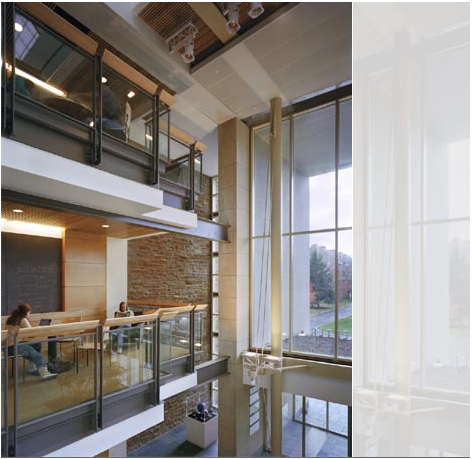Summer Research
* Student(s): Ashley Kuenzi
Advisor: William Pfitsch
Title: Different Ways to Analyze Nitrogen and its Affect on Lupine Growth
Abstract:
Over the past three years extensive research has gone into a habitat restoration project in an area called the Rome Sand Plains, just outside the city of Rome, New York. The area is home to a species of threatened butterfly called the frosted elfin and its host plant, the wild blue lupine, Lupinus perennius. The overall goal of our research is to find ways to expand the lupine population through ecology and biology research. This summer's research has expanded to include soil analysis, particularly nitrate and total nitrogen. Three different methods of collecting were conducted: soil extractions with potassium chloride, anion exchange resin bags incubating in the ground for three weeks and then extracted with potassium chloride, and running powdered samples through a Truspec CN analyzer which burned each sample and measured total nitrogen. These measurements were then compared to lupine cover to attempt to discern any particular relationships. We hypothesized that lupine would be abundant in areas that have low nitrogen content since it is a legume. We also thought nitrate would be greatest in areas where white pine trees had been removed during a previous experiment. We ran statistical tests, mostly ANOVA and regressions, and though most numbers were not statistically significant, we still found some patterns. There is some evidence that nitrate is higher in cut plots where there is no longer a large tree using all the nitrate. Lupine cover showed a strong relationship with total nitrogen in the cut plots but not with nitrate.
Research by AK supported by the Ralph E. Hansmann Science Student Support Fund


